The movie technology that IT departments would love
Hollywood has very clear ideas of what computers are capable of. But which of its pipe dreams would actually help the modern day IT department? Simon Brew has some suggestions…
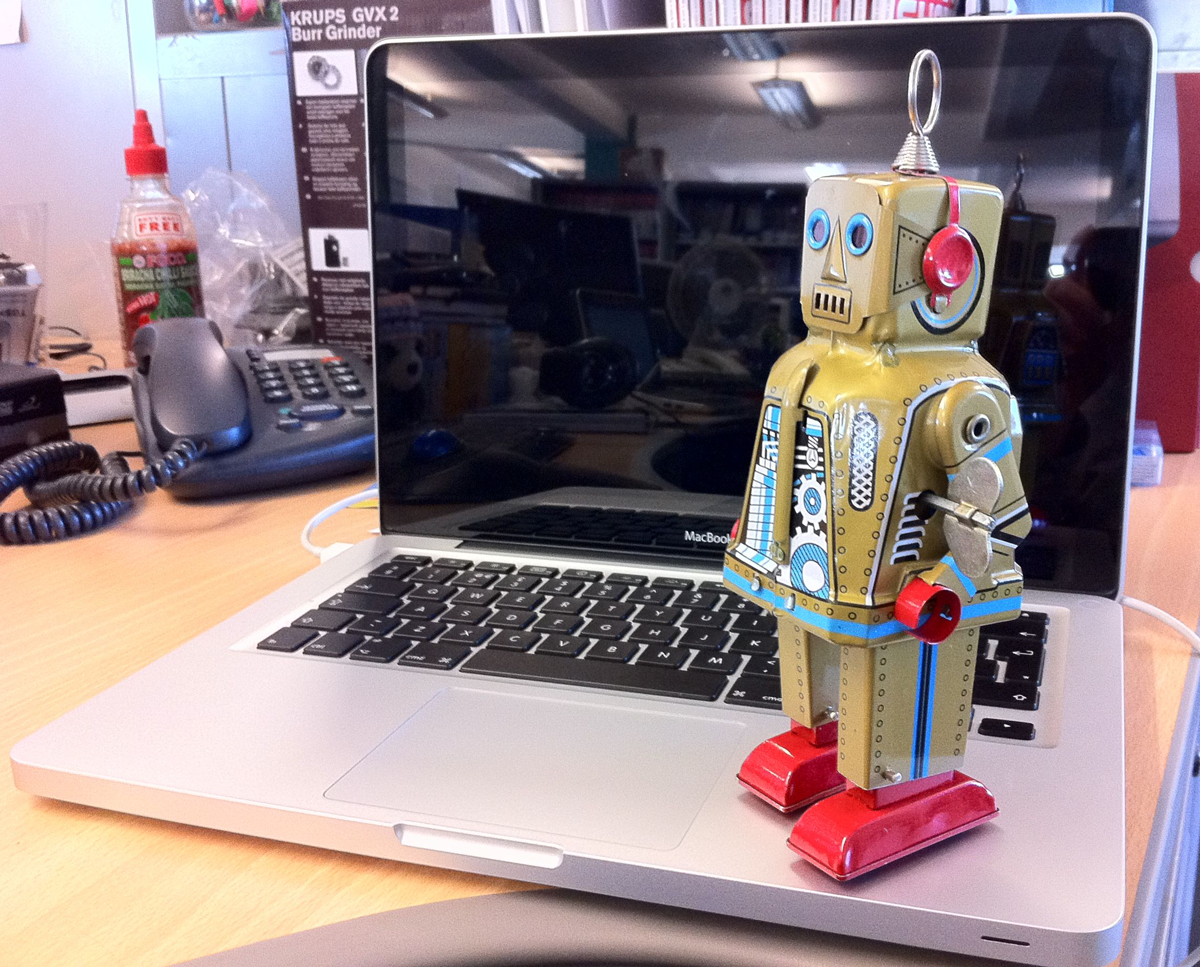
Non-Microsoft Software
It's very rare that you see an interface in a big budget movie that reflects that of the Windows operating system. Instead, big corporations in films and TV increasingly seem to have some kind of more tailored operating system that nobody ever seems to grumble about. The main advantage here for the real life IT department? Cutting out the cost of the Microsoft licence, easily one of the biggest outlays in modern day computing. In films such as Anti-Trust, the thrust is on a push to open source. And in the modern day office, that equals not insignificant savings on the budget

Voice Recognition That Works
Science-fiction is to blame for this one of course. How many movies do you see where someone barks out some exact orders to a computer, and it can both decipher it and enter into some kind of conversation with you? How easy would that make troubleshooting simple tasks, if you could just have a chat with the computer in question, and all would be fine and dandy? We're not just talking Star Trek here, either, as Hollywood increasingly seems to be believe that the future job of a computer is to sit down and have a chat.
Universal Programming Language
Swordfish, starring John Travolta and Hugh Jackman, is the example that springs to mind here. Never mind what hacker you see, or what programmer is trying to bash something together, there's never any moment where they have to stop and look everything up in a book. There's not even a moment of recognition, usually, of a programming language when they take a butchers at a screen of code. Instead, everything is instantly recognised, and no programming challenge takes more than three attempts to resolve. Marvellous. That'll cut down on the overtime.
Sign up today and you will receive a free copy of our Future Focus 2025 report - the leading guidance on AI, cybersecurity and other IT challenges as per 700+ senior executives
-
 Hounslow Council partners with Amazon Web Services (AWS) to build resilience and transition away from legacy tech
Hounslow Council partners with Amazon Web Services (AWS) to build resilience and transition away from legacy techSpomsored One of the most diverse and fastest-growing boroughs in London has completed a massive cloud migration project. Supported by AWS, it was able to work through any challenges
-
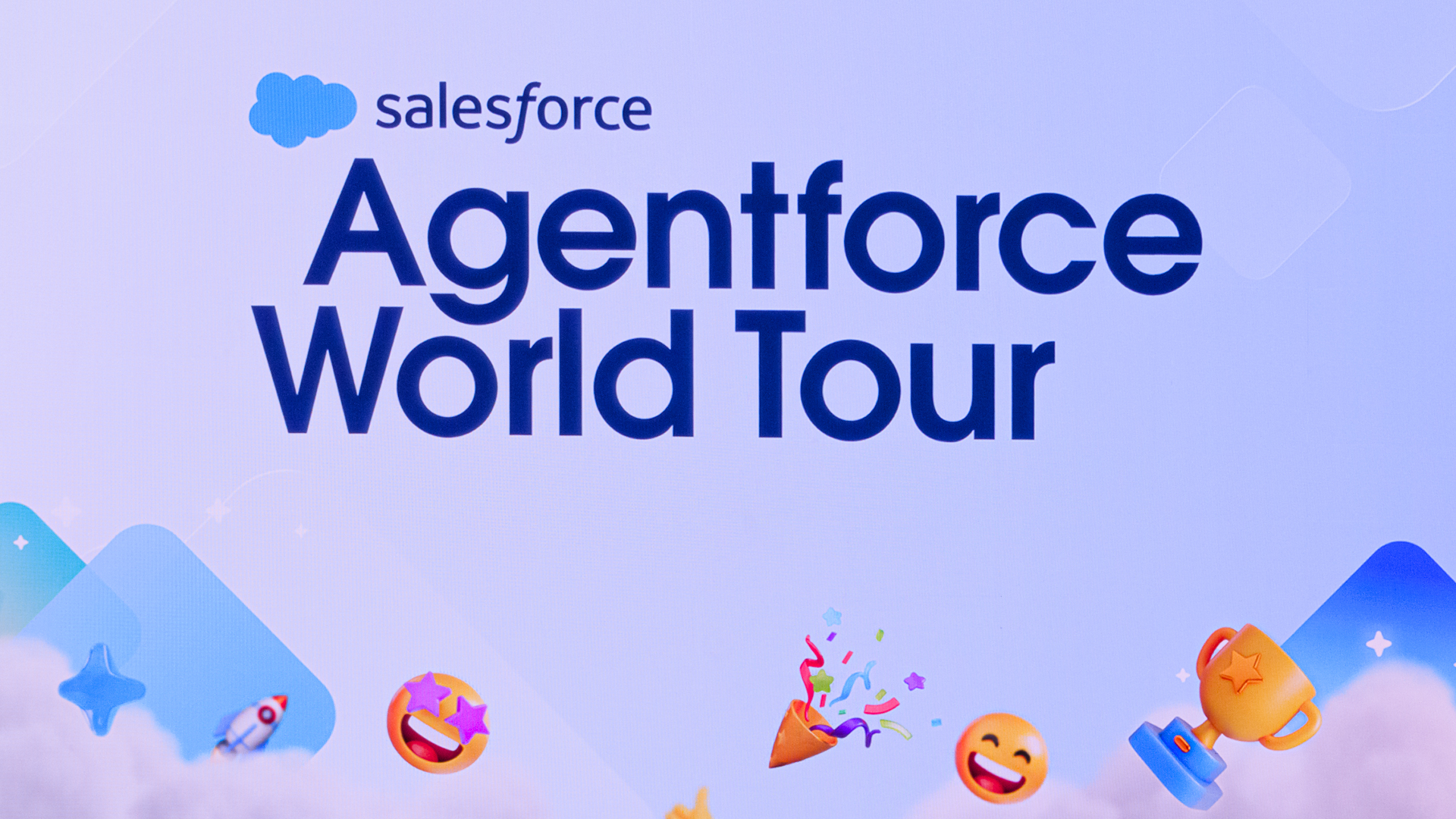 Salesforce targets better data, simpler licensing to spur Agentforce adoption
Salesforce targets better data, simpler licensing to spur Agentforce adoptionNews The combination of Agentforce 360, Data 360, and Informatica is more context for enterprise AI than ever before
-
 Can robots work safely alongside humans? This one industry leader thinks we're not far away
Can robots work safely alongside humans? This one industry leader thinks we're not far awayNews Humanoid robots and people will be able to work truly side-by-side this year, according to the CEO of one leading robotics company.
-
 Why cutting-edge innovation is killing the planet
Why cutting-edge innovation is killing the planetIn-depth AI and robots will do our work, we’ll get paid in cryptocurrency, and cars will drive themselves – but each of these technologies is a massive energy hog
-
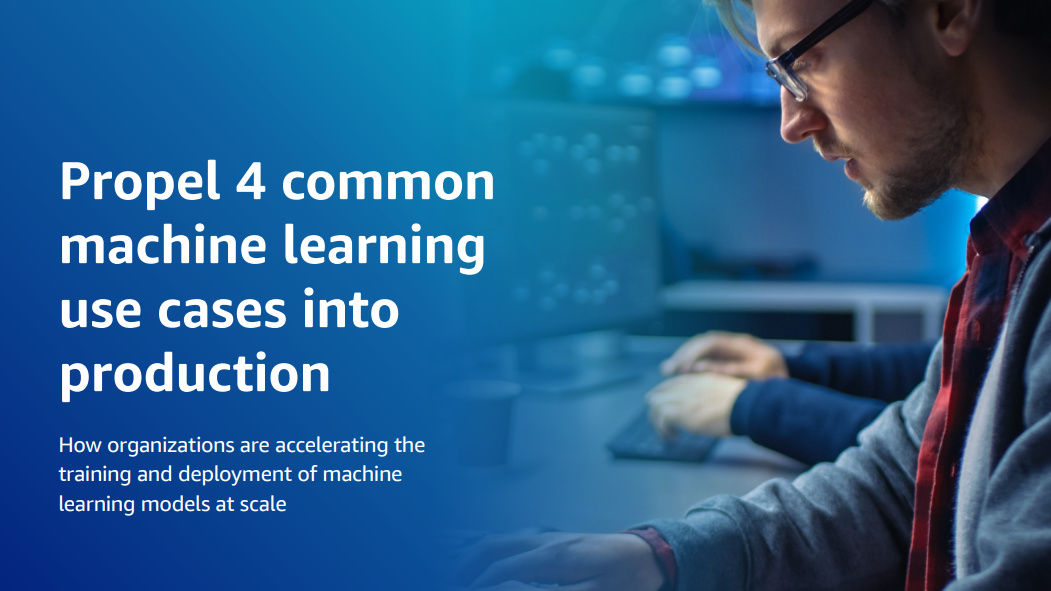 Propel four common machine learning use cases into production
Propel four common machine learning use cases into productionWhitepaper How organizations are accelerating the training and deployment of machine learning models at scale
-
 Why you need process mining in your RPA strategy
Why you need process mining in your RPA strategyWhitepaper Reducing workloads so more time is spent on strategic thinking
-
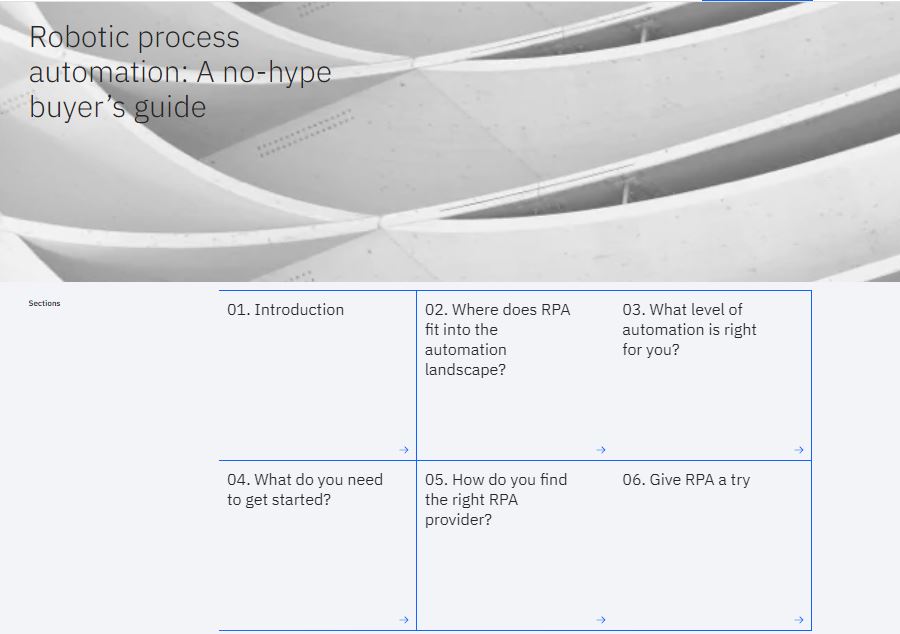 Robotic process automation
Robotic process automationWhitepaper A no-hype buyer's guide
-
 Discrete manufacturing in a changing world
Discrete manufacturing in a changing worldWhitepaper Leaping hurdles and spotting opportunities
-
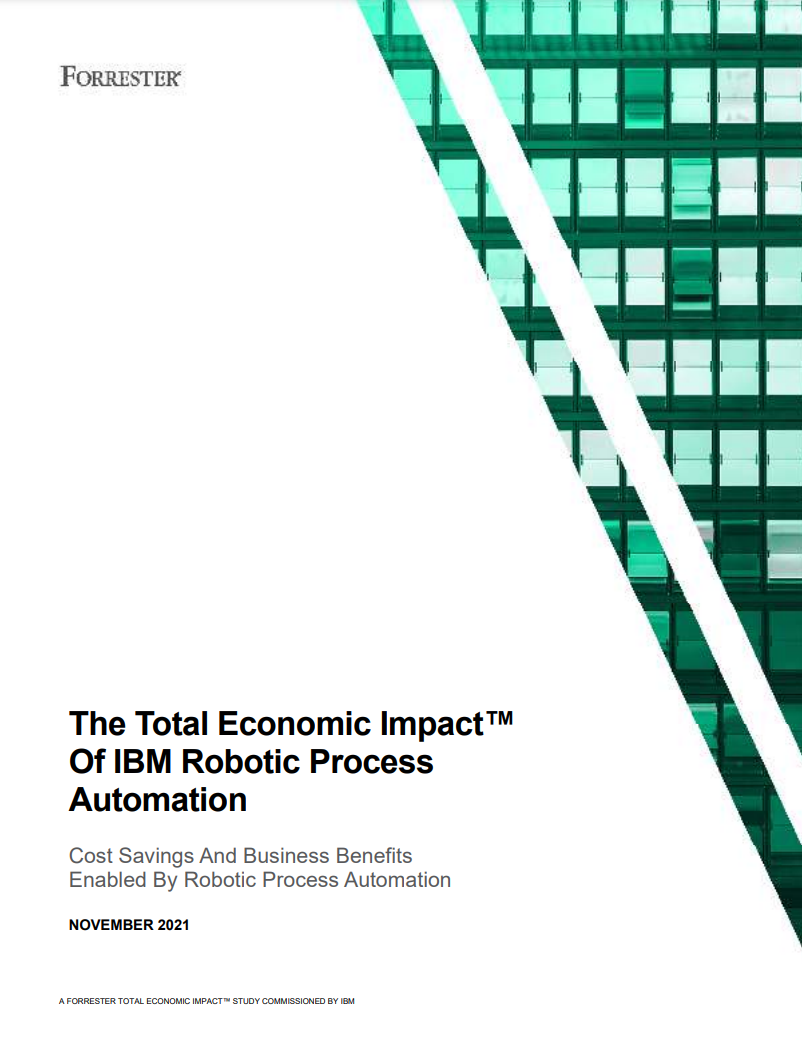 The Total Economic Impact™ of IBM robotic process automation
The Total Economic Impact™ of IBM robotic process automationWhitepaper Cost savings and business benefits enabled by robotic process automation
-
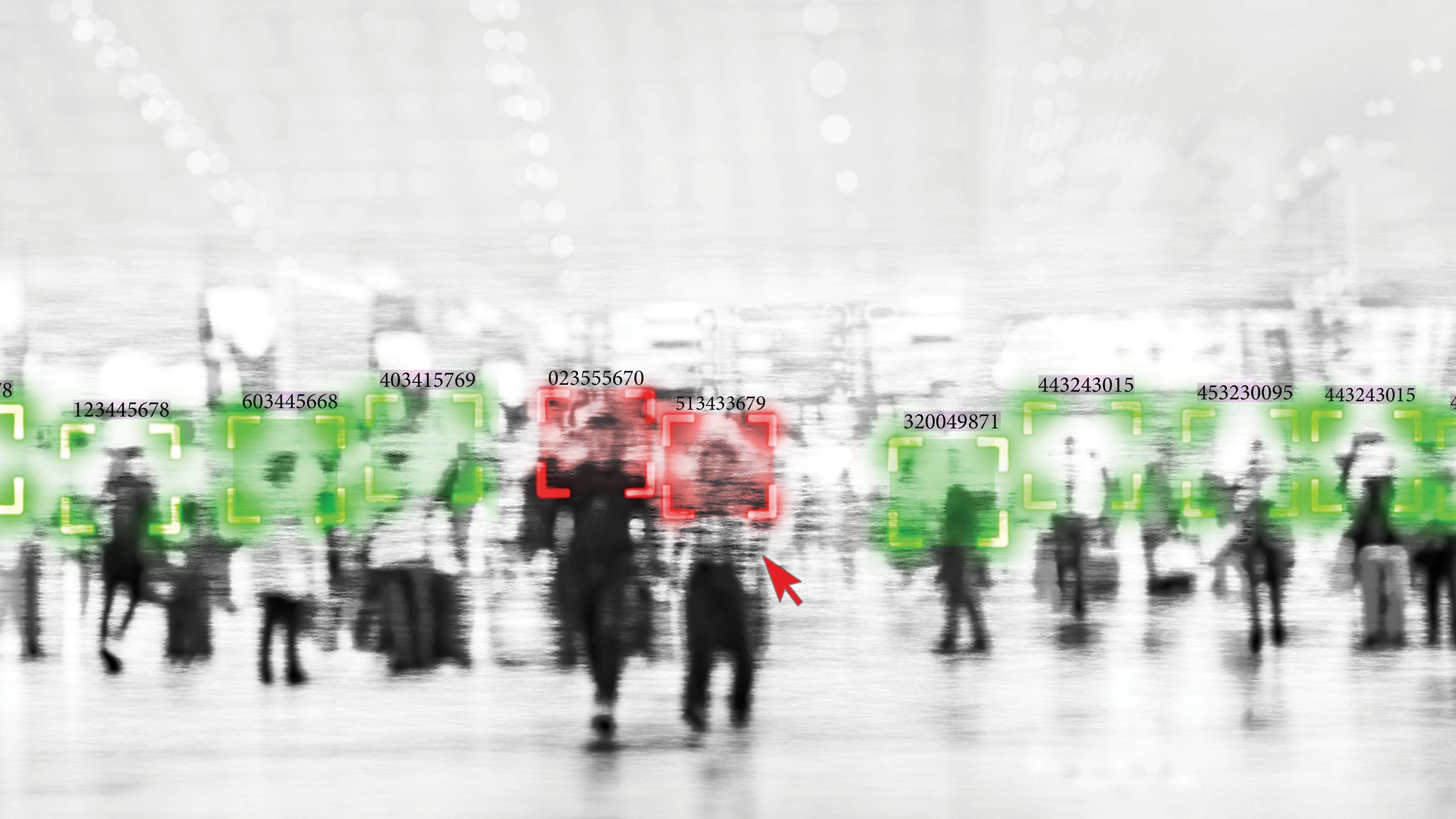 Robot dogs won't save policing – but AI just might
Robot dogs won't save policing – but AI just mightIn-depth Some police forces are turning to robots, AI and facial recognition, but high-profile failures harm public trust